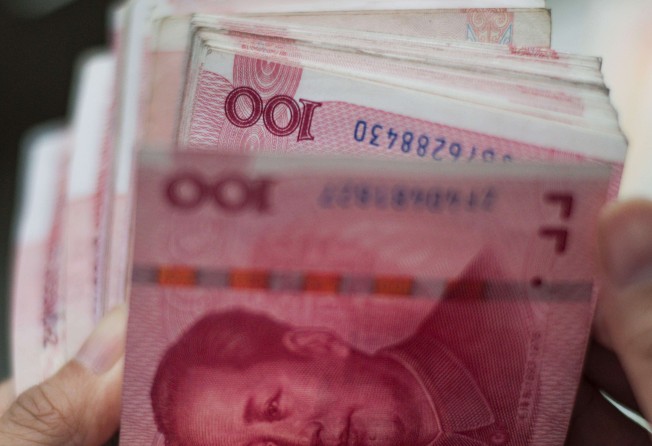China’s loan guidelines to small businesses are too rigid, triggering debates

A policy aimed at quenching the thirst for credit among China’s small businesses may very well turn into another debacle of unintended consequences against market forces.
A two-year attempt by the China Banking Regulatory Commission to bolster loans for small businesses could be too rigid, triggering debates on the mainland on whether these administrative mandates are even necessary.
The regulator had imposed three minimum lending standards for banks, requiring loans to small businesses to be no less than banks’ average credit growth rate, the number of these borrowers to at least remain at par, and the ratio of loan approvals to be no less than a year earlier.
The requirement were designed to spur banks to turn on the liquidity sprocket to small businesses, which had been crying out for financing for years, because they lack creditworthiness or collaterals.
“The requirements make sense if used as a temporary measure, but they are flawed if they were to be used as a permanent fixture,” said Peking University economics professor Huang Yiping.
A requirement that’s all encompassing is problematic because it neglects the different market positions and specialities of financial institutions, he said.
For instance, credit to offshore companies, regardless their size, is excluded from calculation as credit to small businesses, but counted as banks’ total loans. That leaves a gap between total loans and lending to small businesses.
To meet the regulator’s requirements, some banks are resorting to accounting tricks.
A bank can inflate the volume of loans to small enterprises by creating fake borrowers on the accounts of actual depositers, some bankers said.
A top-down rule to channel loans to the truly needy sectors of the economy is “better than nothing,” because small businesses will find it even harder to obtain financing otherwise, said Guo Tianyong, a professor at the Central University of Finance & Economics.
“It’s still arguable whether detailed measures can be tweaked to reflect real and changing economic conditions,” he said.
China’s total outstanding credit to small businesses grew to 25.6 trillion yuan at the end of September, up 13.7 per cent from a year earlier, according to the bank regulator’s data. In the same period, the total credit grew 12 per cent.
China has also encouraged the set-up of micro-finance credit companies, which are banned from taking in deposits, to provide credit support to smaller business. The volume of such firms and their outstanding credit both shrank in the third quarter, indicating a weaker momentum.
As the end of September, China had 8,741 micro-finance credit companies, down from 8,810 a quarter ago, with the outstanding loans falling by 7 billion yuan to 929.3 billion yuan, according to central bank data.